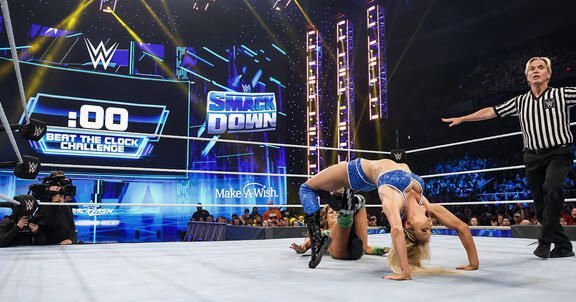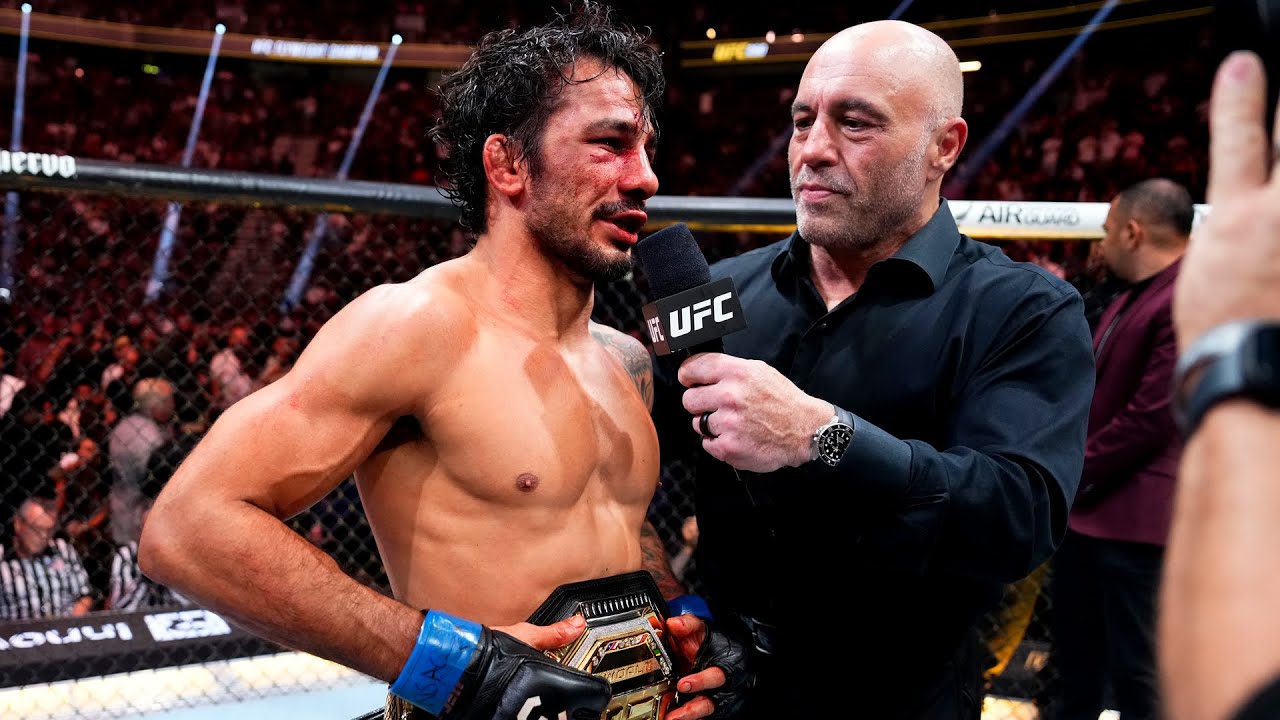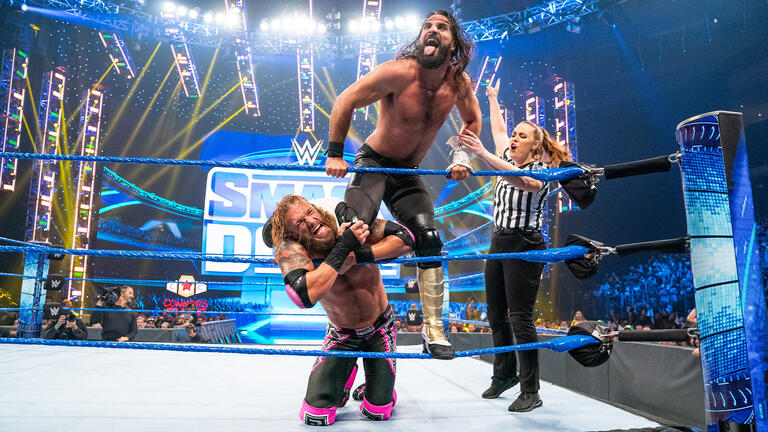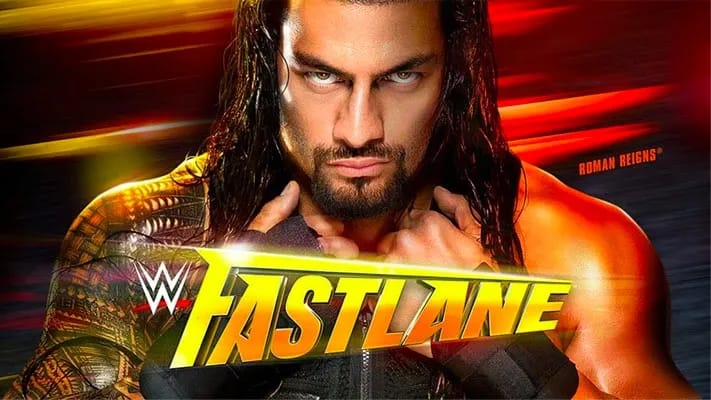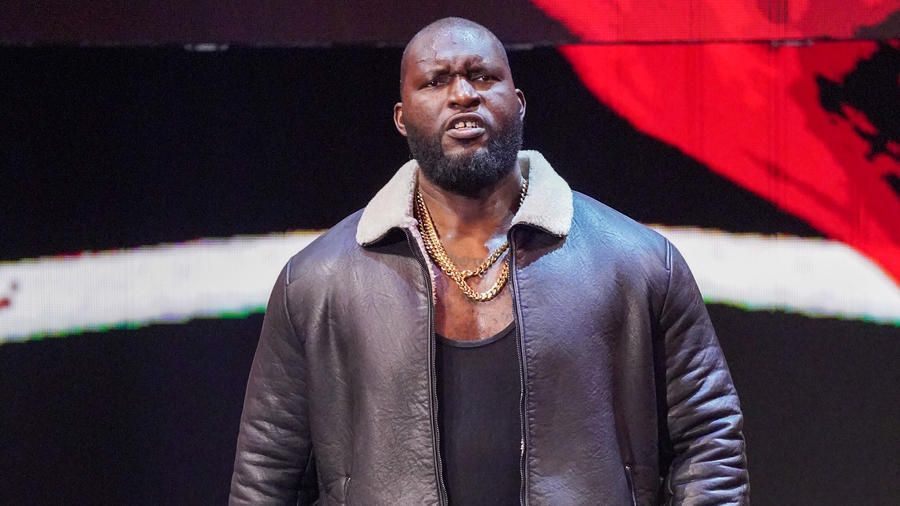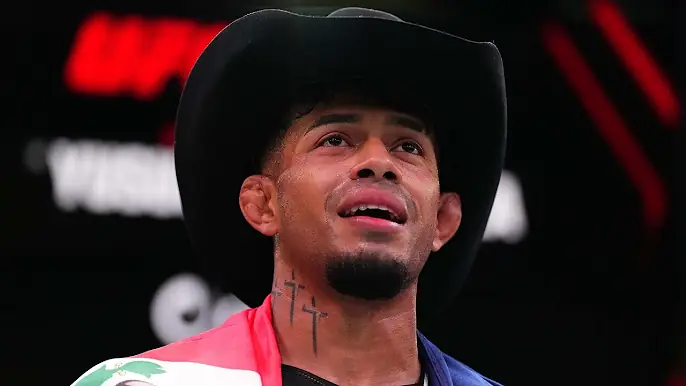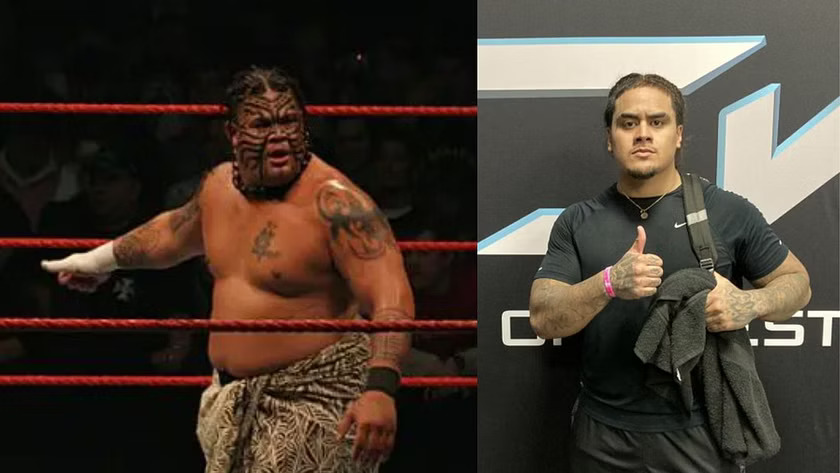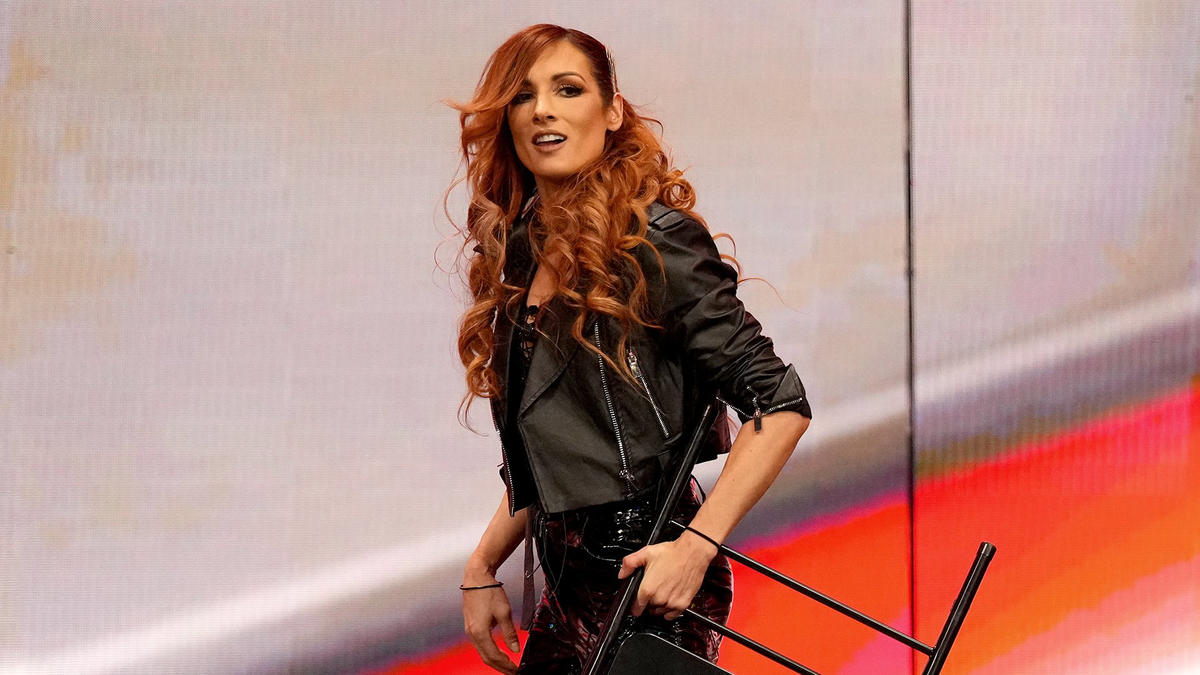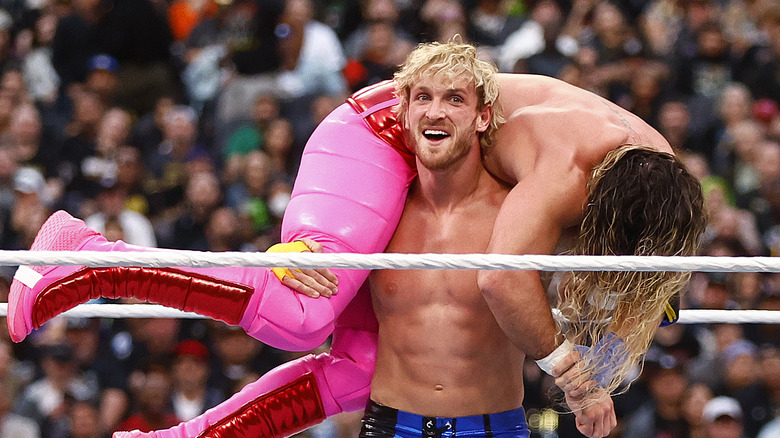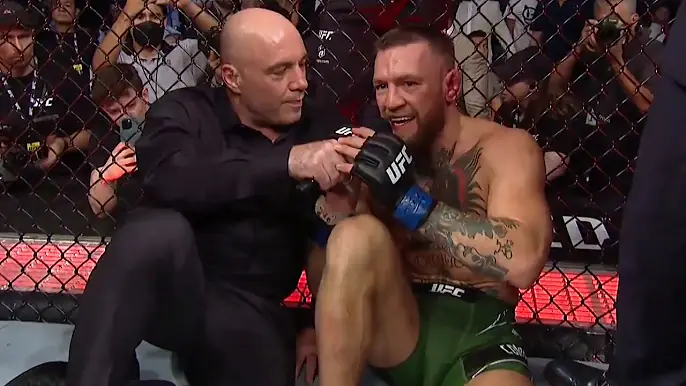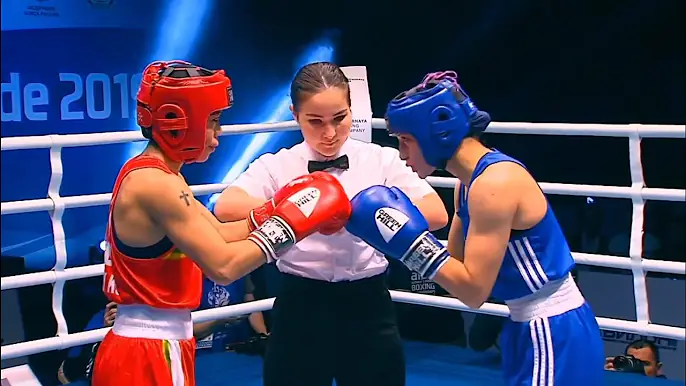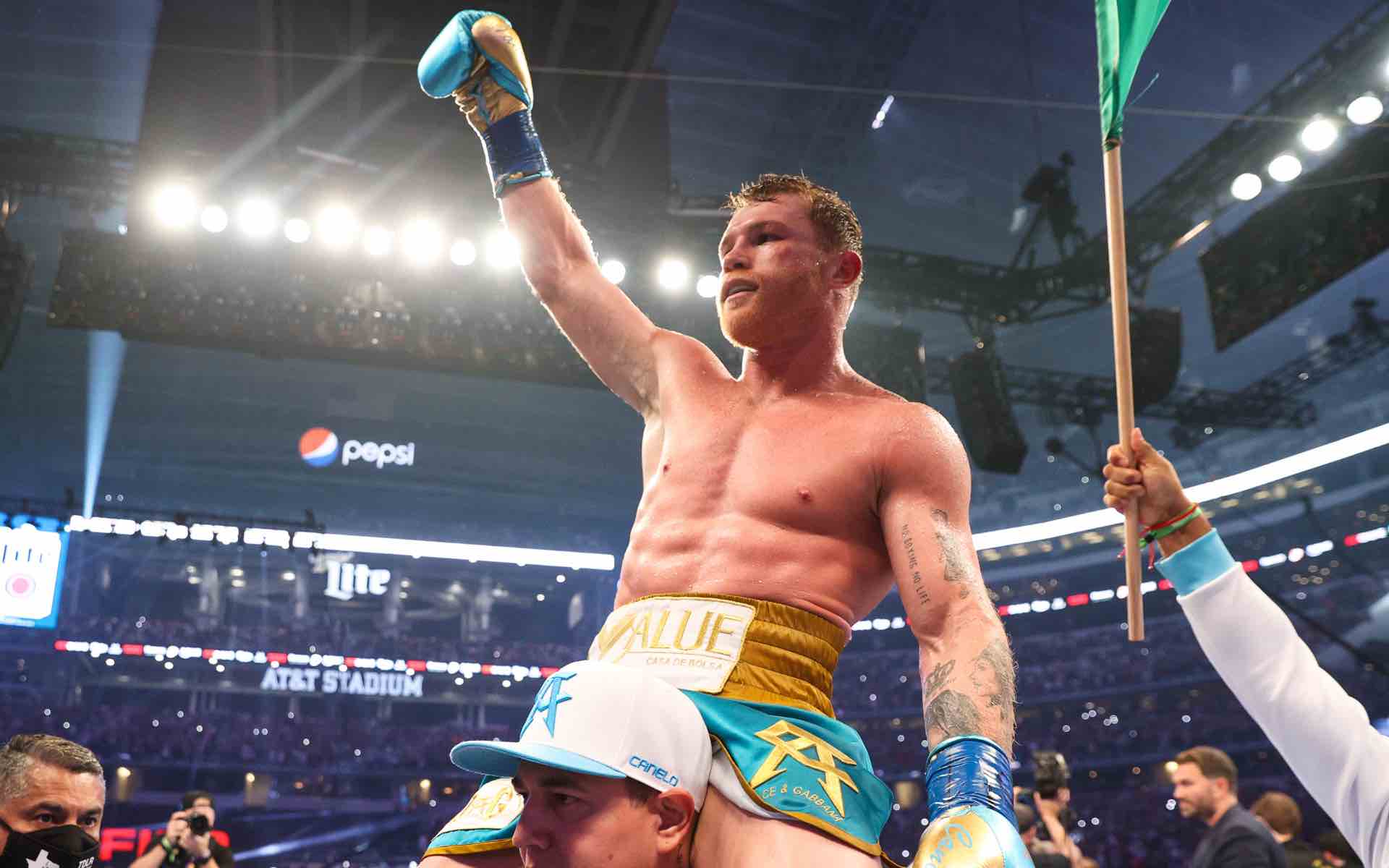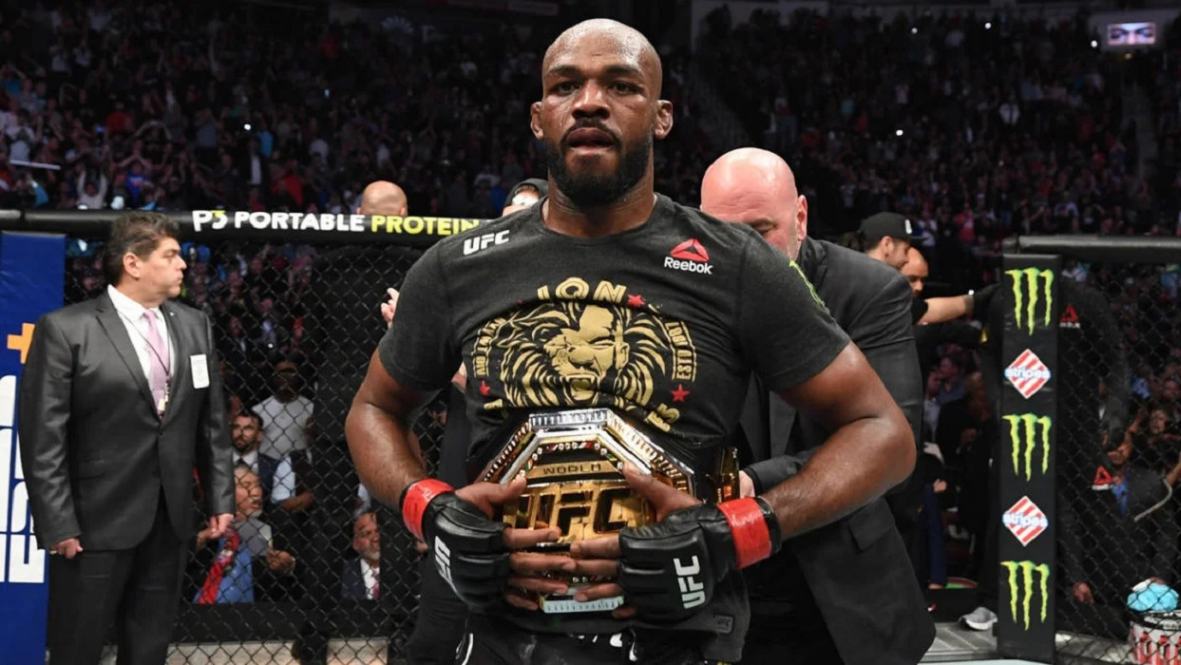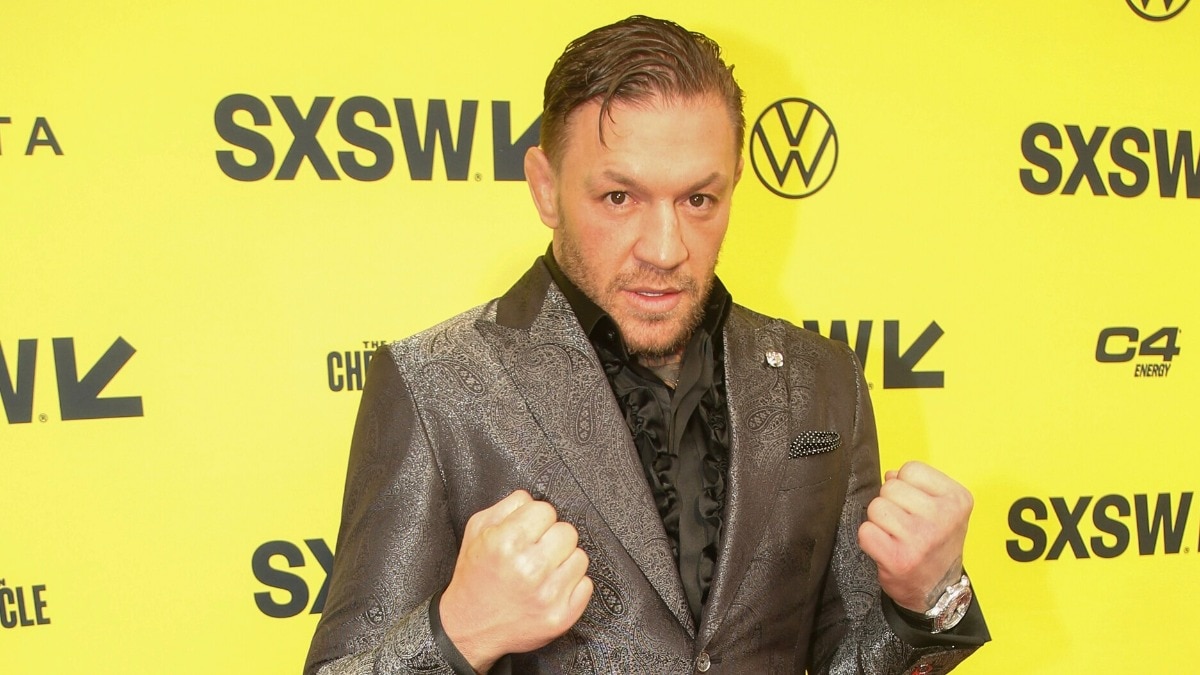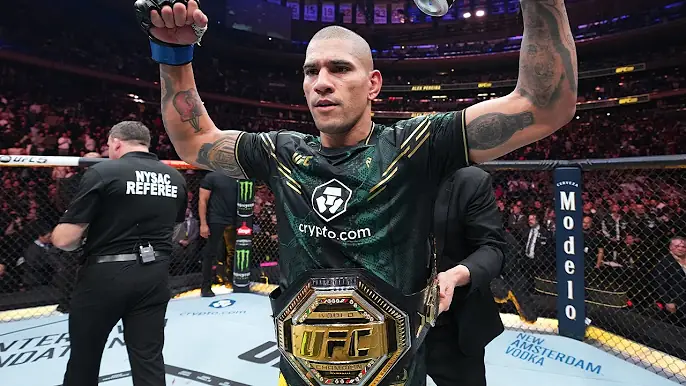WWE’s Transition To A Two-Hour Format
At the start of 2025, WWE SmackDown extended their usual two-hour show to three hours, starting with the January 3 episode from Phoenix, Arizona. The immediate reaction among fans and those within the industry became quite mixed upon the announcement. It would now seem that such an extension was only temporary in nature.
WWE Chief Content Officer Triple H revealed in the interview with Pat McAfee that SmackDown would revert to its original format of two hours. Without mentioning the date, more information has been given, thanks to reports by several insiders. Brandon Thurston from Wrestlenomics reported that starting in June of 2025, SmackDown would revert to two hours.
The three-hour expansion for SmackDown seems to have fallen into a strategic timeframe of great changes within WWE. Perhaps that was a move to retain the hours of content each week while transitioning the other shows.
Raw’s Return to Two Hours
While SmackDown temporarily expanded, WWE’s other flagship show, Monday Night Raw, did the opposite. In October 2024, Raw switched from its ten-plus-year run as a three-hour show to two hours. The reason for this could be due to the huge backlash from some fans who were of the belief that the more extended format lent itself to way too much ‘filler’ content.
The announcement to revert to a two-hour format for Raw was welcomed by many in the wrestling community. Industry veterans Eric Bischoff and Matt Hardy stated that a tighter two-hour show would, in fact, allow for more engaging content, better pacing, and improved storytelling. Bischoff, in particular, expressed approval of the change, stating that the two-hour format would feel much more dynamic and fast-paced for viewers.
This, however, was not devoid of challenges as well. With reduced airtime, this meant less time to display mid-card talent onscreen on TV8. There were more fears of budgets and roster cuts, as the WWE would need less of a huge roster to prepare for a two-hour show versus a three-hour show.
The Netflix Factor
The most significant change in WWE’s programming strategy has been the move of Raw to Netflix, starting January 6, 2025. For the first time in history, Raw will not air on cable television but on a streaming platform. The deal between WWE and Netflix, worth $5 billion over ten years, represents a significant shift in how wrestling content will be distributed and consumed.
While WWE makes a move to Netflix, speculations are rife on whether Raw will retain its two-hour format or revert to three hours. The streaming platform allows for more runtime flexibility that could afford WWE the time to experiment with different show lengths or formats.
Impact on Talent and Storytelling
This change in format affects not only the structure but also the roster and the creative direction that WWE is going. With the first extension of Raw to two hours, there was the feeling that the mid-card talent would suffer in terms of on-air time. Still, it might have been balanced by adding for some time an extra hour also to SmackDown, giving this way more screen time to star players who don’t get much opportunity.
Other show format changes also make the WWE creative staff face the situation of the so-called fork, which threatens on both counts: opportunity and risk. A shorter format of two hours calls for far more discipline within its storytelling parameters; it probably would also serve better as a home to more defined and impactful sets of stories. Then again, it can happen in a format lasting three hours. It grants storytellers some scope in developing rich narrative arcs but certainly presents significant pitfalls if your management is clumsy, being heavy on minute resources.
Fan and Industry Reaction
This change has received rather mixed reactions, with many fans desiring Raw to remain a two-hour show, given that it tightened their show and actually made it an ‘entertaining’ 21, whereas the stream on Netflix was taken well to a great positive end, citing through convenience and potentially new innovative streams of content deliveries.
However, there have been some concerns about the content accessibility with traditional TV viewers or those without streaming services.
Changes also bear different effects on international markets; for instance, Canadian viewers have to look for new ways of watching as the broadcasting rights for both Raw and SmackDown22 are lost by Rogers SportsNet.
Looking Ahead
With these changes, WWE seems to position itself for a whole new era in content distribution and presentation come 2025. The flexibility streaming platforms like Netflix would afford WWE, along with strategic decisions about show format, could pave the way for the company to better position its programming for maximum effectiveness in both engagement and storytelling.
SmackDown going back to a two-hour format in June of 2025 genuinely brings the company’s weekly output into something a little bit more reasonable. It might also give both brands an opportunity to become more focused with their storytelling and make better use of their roster.
The fact that, in 2025, WWE will move to different show formats is a great shift in the way the company creates and distributes content. Temporarily expanding SmackDown to three hours, then returning it to two hours starting in June 2025, is a clear indication that WWE does not fear trying new things and moving with the tide of viewer preferences and changing industry dynamics.
This flexibility within the programming indeed enables them to increasingly deliver better content: optimizing the output included more focused storytelling and better deployment of talent across the brands. Them moving Raw to Netflix, but also making a host of changes to its SmackDown format, is a concrete example of attempts to always stay ahead.
These changes only prove that the WWE is still willing to put on compelling content for its worldwide audience as it moves into a new generation of wrestling. Their success with such format adjustments will be proven in due time with fan participation, viewership numbers, and the overall quality of the WWE’s programs in this era.
The following months promise to be interesting as WWE continues to fine-tune its approach in balancing talent needs, creative storytelling, and viewer preference. While working through these transitions, WWE has proven that its flagship shows can indeed be more dynamic and perhaps streamlined for its fans.
